
Discover nature´s art
Patagonia - Chile
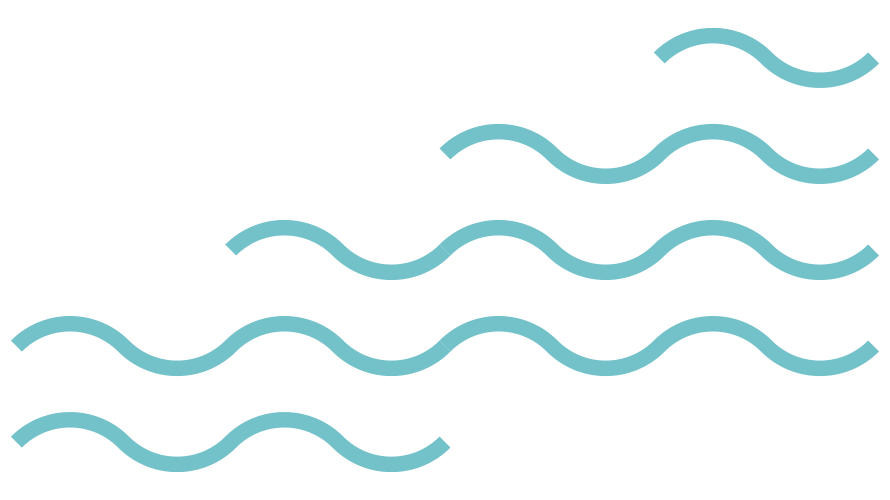
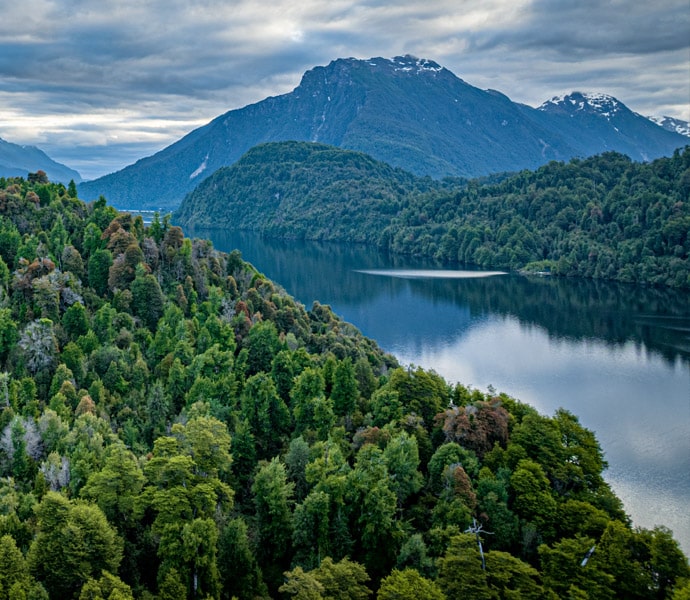
Our project
Majestic project located on the shores of President Roosevelt Lake, where you can hear a melody orchestrated by the dance of the trees and the beautiful song of various birds that embellish the relaxing silence of Patagonia. Sponsored by an environment of great hydric wealth and protected by its millenary native forests and the virgin nature of majestic green mantles that shelter a great quantity of species and biodiversity, make of "Santuario del Lago" a true natural temple.
Quote now
Santuario Del Lago is adjacent to the northeastern shore of President Roosevelt Lake. It comprises a total area of 572 hectares (approximately 1,413 acres) of virgin vegetation and native forests, and copious water resources. The site is a remarkable tapestry of flora and fauna and complex ecosystems stitched together to create a truly remarkable paradise.
Santuario del Lago is a unique opportunity to participate in the care and conscious intervention of nature, and at the same time to have projections of enormous returns and high added value in the medium and long term, given the tremendous amount of natural resources available in the sector.
Quote now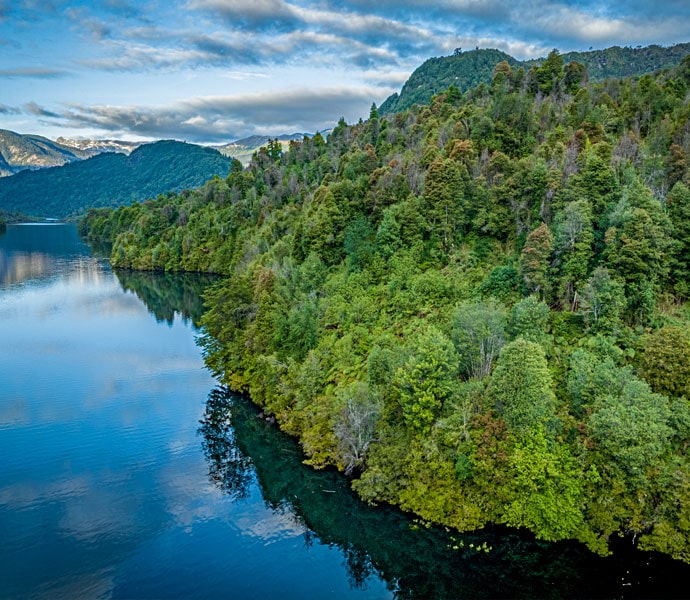

Climate change is a challenge we seek to address directly by creating a market for land subject to conservation easements in the Patagonian rainforest to individual investors and companies seeking to offset their carbon footprint.
Our goal is to provide solutions to green investors and enterprises that seek to boost their credibility with their clients, board of directors, equity stakeholders and financiers.
We are more than a broker, we seek to generate tangible value to our clients by helping them quantify the benefits of their investment in conservation and giving them an edge when tendering offers on contracts or seeking to reduce their capital/debt costs.
Project Highlights:
High Return on Investment Potential
Abundant water resources, high demand, the region’s economic growth provide for a high potential return on investment.
Proximity to National Parks
National Park Queulat, Isla Magdalena and National Park Mañihuales are the most valuable treasures in Aysén.
Direct access to Lake Roosevelt
An immense source of freshwater that runs 11km north/south, the lake drains into the Picacho River, which, in turn, drains eastward to the Cisnes River approximately 5km from its mouth.
Conservation Easement.
Law 20.930 (Chile) allows the lot owner to voluntarily allocate it to conservation without losing his/her right on the property.
High scenic value.
Unique stunning views come from the diversity of wild vegetation in the Valdivian temperate rainforests.
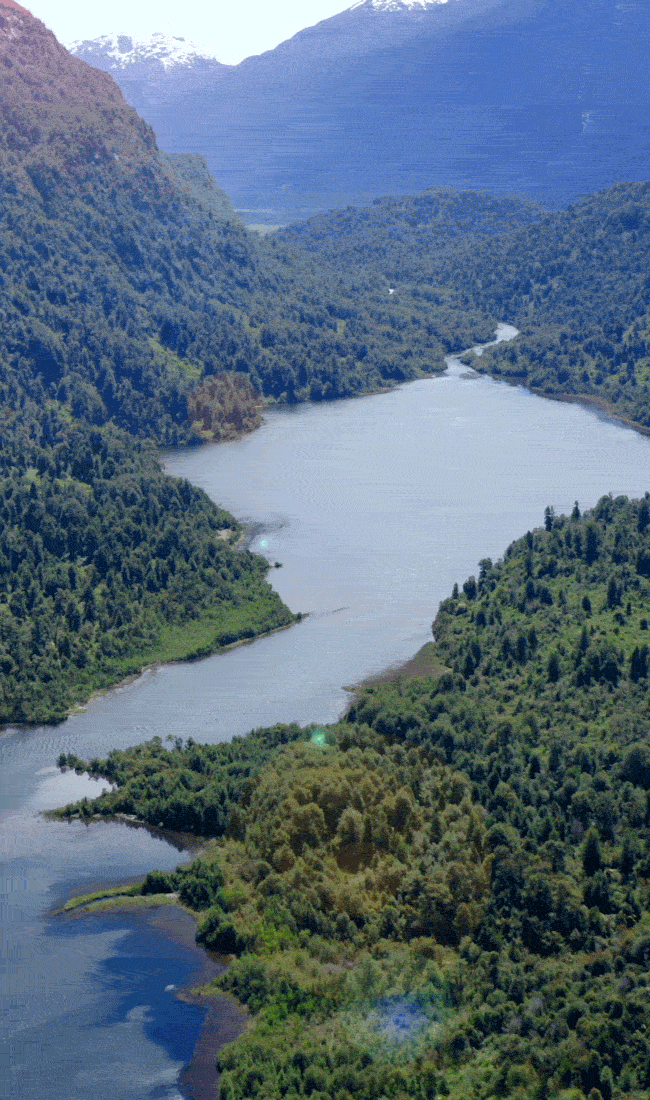

Attractions and surrounding areas
The stateliness of these landscapes invites you to reflect on the importance of protection and the contribution through conscious intervention in a zone that has not been altered or modified by men before. Therefore, it allows you to connect with the home of Patagonian biodiversity and admire its huge ecological and natural attributes.
Within the project and its surroundings, you can find:
-
Picacho River.
-
National Reserve Lago Las Torres.
-
National Park Queulat.
-
National Park Isla Magdalena.
-
National Reserve Mañihuales.

Tourism in the Aysén region
For the sixth straight year, our country won the title for the Best Adventure Travel Destination Worldwide in the World Travel Awards, in addition to this, it also won the title for the World’s Leading Green Destination.
The numerous variety of landscapes in our country, along with unexplored nature from the most arid desert in the world until Patagonia gift the most unforgettable and unique adventure experiences to people who visit us.
High mountains, spectacular volcanoes and challenging weather make Patagonia an ideal zone for those who want to put themselves to the test and live the best vacations ever. Although trekking in Patagonia is hard, it is simply an incredible experience that is worth doing since you´ll be able to see and enjoy all Mother Nature´s spectacular wonders.

World´s Leading Green Destination

Horse riding
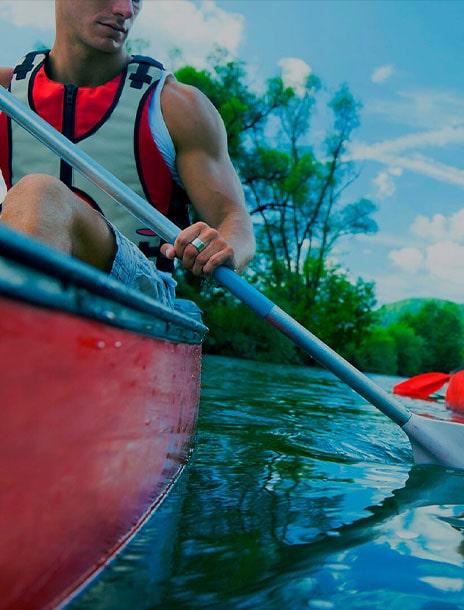
Kayaking
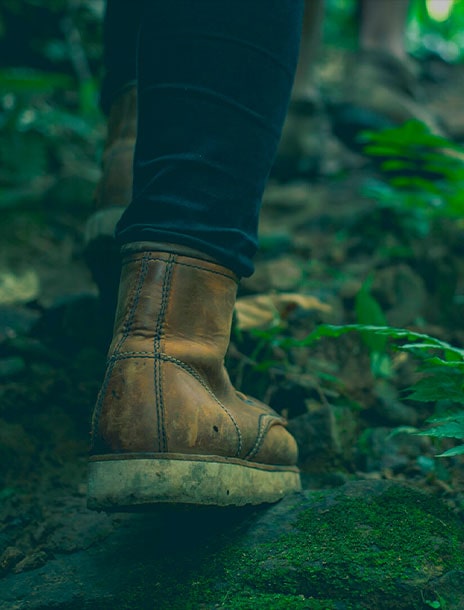
Trekking

Mañihuales Village
Its name comes from the merger of Mañio, an abundant native tree in the zone, and Bahuales, a word that describes wild animals. This village was officially founded in 1962 and attracts attention for being a refuge of stunning landscapes and amazing rivers for those who love recreational fishing.
The green of its landscapes and abundant water resources in the zone have a logical explanation; this zone is well known for its plentiful annual precipitations which fall almost 300 days per year.
Although this is a fairly small town, it counts on different services such as a gas station, police, local doctor's consultation, supermarkets, restaurants, internet and telephone connection along with affordable and good standard quality accommodation.
(Municipality contact: 067 2314141)
Native fauna
This region catches people's eye for the presence of foxes, mountain lions, wild boars, pudús, and other smaller species. It is common to see birds such as hummingbirds, kingfishers, condors, chucaos, taguas and woodpeckers. The most common hydrobiological species are brown and rainbow trouts, although these last ones along with amphibians and small reptiles are lower in number. It is a unique and privileged place to birdwatch due to man’s scarce intervention.

Flora- Native Forest
The typical Valdivian temperate forest´s flora; enormous valuable wood trees such as Coigüe, Tepa, Canelo and Arrayán. There is also a huge variety of Coligüe and other smaller bushes such as Calafate, Chapel, Ciruelillo or Notro.
Climate
Warm and mild weather
Average annual temperature: 8.4 °C
Orientation: South
Precipitations: 1.791 mm/year
Freshwater reserves in Chile
Fresh water is considered and understood as one of the most important and main survival elements for any living form. Although fresh water constantly moves and renews thanks to the water cycle, it is not an unlimited natural resource and skimps due to the high worldwide demand.
The south of Chile stands out for the greatest availability of fresh water in the country since the important quantity of rain falls all year round, numerous lakes, rivers and glaciers. These are strategic freshwater resources since they not only contribute to the watersheds in summer but also are the only recharge resource of rivers and underground water reservoirs in the driest zones in summer during drought periods.
Chilean Patagonia’s Ice Fields are the third worldwide freshwater reservoir, in fact, around 9.000 out of 24.000 glaciers were registered in the Dirección General de Aguas National’s cadaster in 2014.




How To Access the Site?
By air (least difficult option)
Flapper, a transport-services provider, operates private seaplane charter flights for five passengers with packages starting around US$9,000.
By land (medium/ high difficulty)
From Balmaceda airport:
Flight Santiago- Balmaceda: 2 hours 30 minutes. Balmaceda-Coyhaique, routes CH-245 and R7 (Austral Highway): 55 paved km, approx.45 minutes. Coyhaique - Mañihuales, routes 57/CH-240/X-50/R7: 75 paved km.,approx 1 hour and 10 minutes. Mañihuales intersection Picaflor river, route 7 (Austral road): 28 paved km., approx 15 minutes. Intersection Picaflor river and Picacho river: 14 km of passable gravel road for a 4x4. From Picacho river up to Predio (Roosevelt lake): approx. 20 km of horse riding, 4 to 5 hours.
It is recommended to drive a 4x4 vehicle since the road is not completely paved. * Estimated journey times are subject to weather, road and other variable conditions.